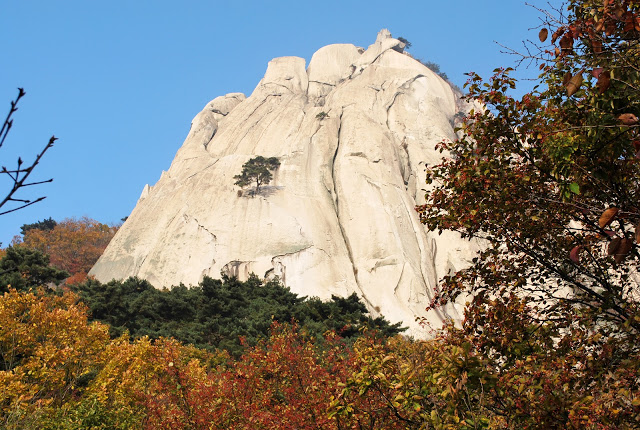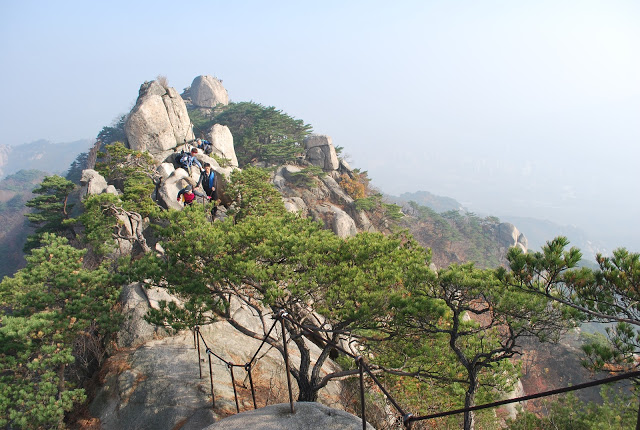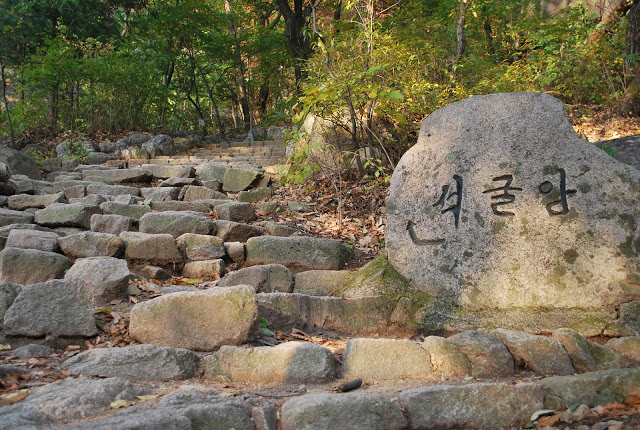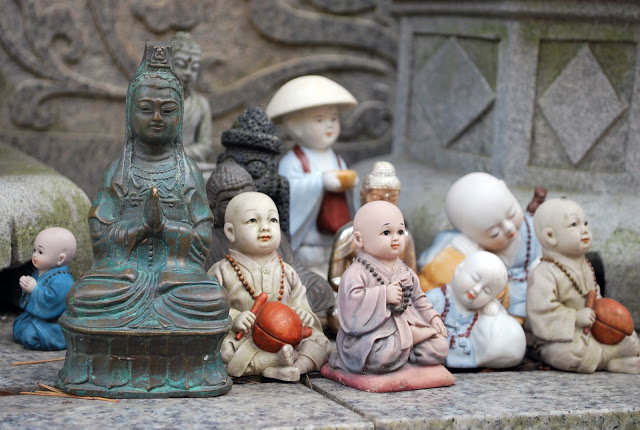Climbing Dobongsan mountain (도봉산) is something that every Seoulite should do at least once. As part of Bukhansan National Park, Dobongsan is one of the peaks that form much of Seoul’s northern border.
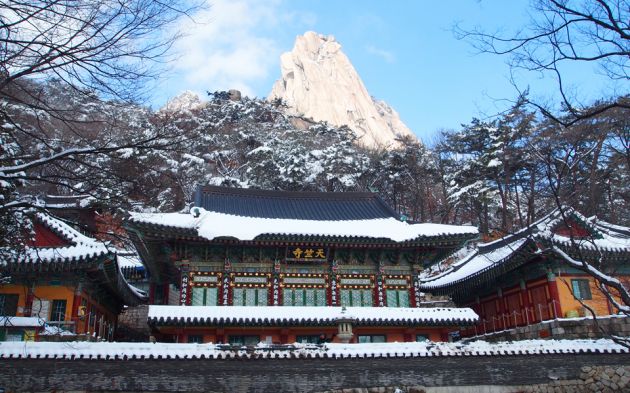
In fact, one of the greatest things about Seoul is that mountains encircle the city. And its efficient and extensive subway system means that just minutes after exiting the platform, you’re hiking up a trail.
Bukhansan National Park is home to 1,300 different types of plant and animal life. Because of its many trails and proximity to Seoul, it’s the world’s busiest park in terms of visitor volume to park size.
Of course, the park is best known for its namesake peak, but I’m also a big fan of climbing Dobongsan mountain, which is said to be the female yin to Samgaksan’s male yang.
In Korea, the last cold spell before spring is described by the phrase, “kkeot saem chuwee” (꽃샘추위), which translates as a winter cold being jealous of the spring flowers.
In retribution, it casts a final few days of bitter cold. With spring on its way, I thought we’d make the most of winter’s final days by climbing Dobongsan mountain.
Early in the morning I boarded a subway, and about 45 minutes later arrived at Dobongsan Station (도봉산역). After a 15-minute walk through scores of food stalls and mountain gear outfitters, I reached a snowy trail entrance.
Dobongsan, or “Daoist-Peak Mountain” was so-named because of the way its curiously shaped boulders and craggy cliffs inspired awe for nature’s mysteries. Many Koreans believe that the mountain is home to powerful spirits.
Bukhansan National Park features at least 30 meticulously maintained trails. The most popular route for climbing Dobongsan mountain is the relatively lax Bomun Range Trail that’s ideal for novice hikers, children and the elderly.
Starting from the Dobong Seowon Confucian School, the trail turns left on what’s a 2.5-km. route highlighted each spring by fields of royal azaleas. The shortest route, however, is the Shinseondae Trail, an approx. 90-minute, three kilometer slog to the top.
I started on that route but then ventured farther west so I could hike along the mountain’s ridgeline before reaching Dobongsan’s 740-meter-high peak, Jaoonbong (자운봉).
Ancient Buddhist temples, like Seoul Bongwonsa Buddhist Temple (봉원사) , are often situated on Korea’s mountains, and shortly after veering left across a bridge, I came upon Neungwonsa temple (능원사).
I’d never heard of the striking gold temple before, and the paint and stonework looked suspiciously new. Although I wanted to explore it more I needed to get back on the trail.
Once there, the only sound was my shoes crunching through snow and ice. One perk of winter hiking is no leaves to obstruct views. But as I climbed higher, fog and low clouds obscured Dobongsan’s massive granite cone.
Korea’s mountain trails are typically very well maintained, which was important on especially steep or tricky sections where a railing kept me from falling off a cliff, or when I had to grab a rope to hoist myself up the trail.
When human-made assistance wasn’t available, trees whose bark was worn smooth by millions of hands were within easy reach.
After a dramatic final push, I reached the summit. In fact, I had it all to myself – well, just me and some very tame birds. On a clear day, I could have seen Insubong peak and Seoul’s northern suburbs beneath me.
After summitting, I made my way to Cheonchuksa temple (천축사). One of Dobongsan’s two major Buddhist temples, it was founded in 673 and is a popular spot among hikers to chat, enjoy some delicious cinnamon tea and enjoy the temple’s simple lunch offering.
At the entrance are several rows of standing iron Buddhas. Keep walking and you’re rewarded with a great photo-op of the main prayer hall beneath Seoninbong’s 708-meter, bald granite head.
After climbing Dobongsan mountain it was time to descend. If I had more time, I would have continued northwards to Mangwolsa Temple (망월사) to emerge at the National Park’s Dobongsan Office.
However, I needed to get back as quickly as possible, lest I be late for work. By this point it was mid-morning, and the sun was melting the snow at lower elevations, and parts of the trail were getting muddy.
Fortunately, the paved road started soon enough. And then, the unmistakable sound of a saxophone. Perhaps this was a hint that I wasn’t all that far from civilization, after all.
For Your Information…
| Open: | 24 Hours |
| Admission Price: | Free |
| Address: | Seoul Dobong-gu Dobong-dong |
| Directions: | Dobongsan Station (#113/#710) on Lines 1 & 7, Exit 1 |
| Phone: | 02-1220 |
| Website: | Official Site |
About Matt Kelley
Matt Kelly is native of the US Pacific Northwest and is half-Korean by ethnicity. He lived in Korea for five years and has written hundreds of travel guides for Wallpaper, TimeOut, the Boston Globe and Seoul Magazine and was a host for several different variety shows on Korean radio and television.


